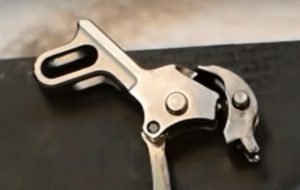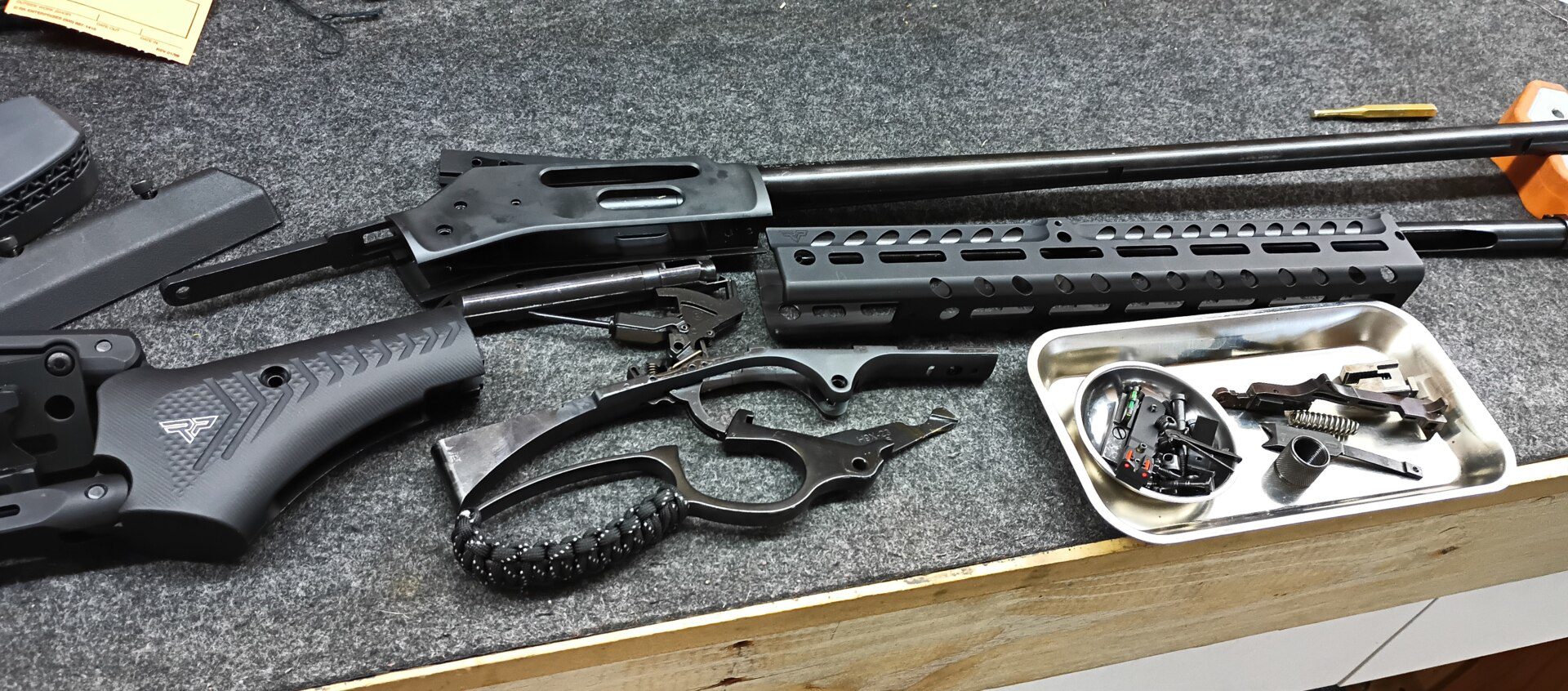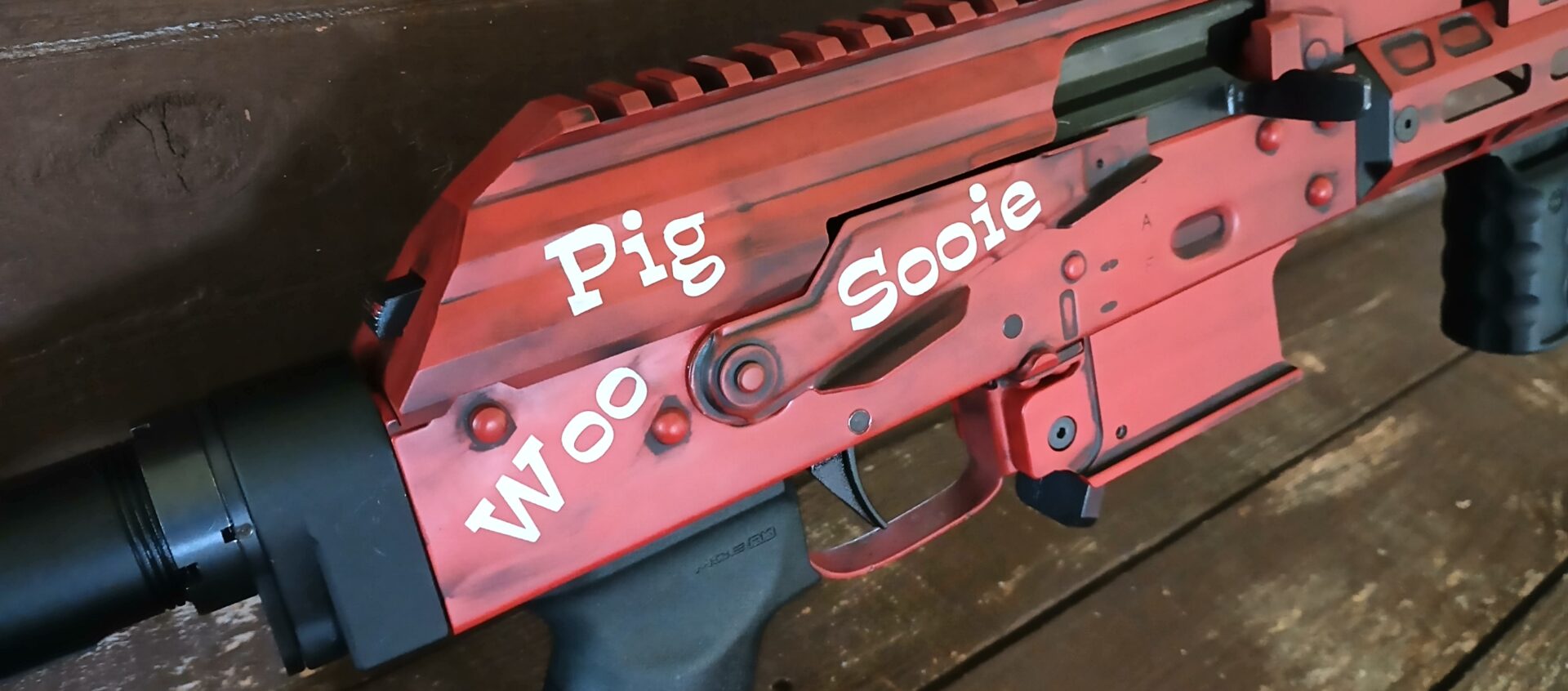Mastering the 1911 Pistol Performance Trigger Job
The 1911 pistol holds a legendary place in the firearms world. Revered for its reliability, accuracy, and timeless design, this century-old firearm remains a favorite among enthusiasts and competitive shooters alike. Whether you’re a weekend marksman or competing at the highest level, the performance of your 1911 matters—and it all starts with the trigger.
A well-executed 1911 trigger job is one of the most effective ways to elevate your pistol’s performance, making it smoother, more responsive, and tailored to your shooting style. This guide explores why a trigger job on your 1911 is a must, walks you through the process, highlights tools of the trade, and provides valuable tips to improve both your firearm and shooting experience.
Why a 1911 Trigger Job Is Essential
The 1911’s iconic design is heavily dependent on its trigger system. A properly tuned trigger job can significantly enhance:
- Accuracy: A smoother, lighter trigger pull allows for more consistent shots by reducing jerking or pulling.

- Responsiveness: A clean, predictable break improves shooting speed and confidence.
- Shooting Comfort: Reduced friction and resistance lead to a more enjoyable shooting experience.
For enthusiasts and competitive shooters, a trigger job can mean the difference between hitting the bullseye and falling just short in a fast-paced match. When every millisecond counts, a well-tuned trigger is a game-changer.
The Anatomy of a Trigger Job
Performing a 1911 trigger job is a skillful process that requires precision, patience, and attention to detail. Below is a step-by-step breakdown of how it’s done.
Step 1: Disassembly
- Clear Your Firearm: Always ensure your 1911 is unloaded. Safety first—this is non-negotiable.
- Field Strip the 1911: Remove the slide, barrel, and recoil spring assembly to access the trigger components.
- Identify Parts: Locate key parts like the sear, hammer, disconnector, and trigger bow that will need your attention.
Pro Tip: Take photos as you disassemble to make reassembly easier.
Step 2: Polishing Components
The heart of a trigger job lies in reducing friction between the moving parts.
- Focus on Contact Points: Polish the sear and hammer engagement surfaces using a fine diamond file or whetstone.
- Use Polishing Compound: Apply a light polishing compound for smoother finishes. A Dremel tool with a felt tip can be effective for this task.
- Don’t Overdo It: Avoid removing too much material. Precision is key—excessive grinding can compromise safety and functionality.
Step 3: Adjust Trigger Pull
- Customize Pull Weight: Lighten or tighten the trigger pull to meet your preferences. For most uses, 3.5–4.5 lbs. is ideal, while competitive shooters may prefer a lighter pull.
- Install an Adjustable Trigger (Optional): This adds control over pre-travel and overtravel for a more customized feel.
- Test Functionality: After adjustments, verify your adjustments using a trigger pull gauge.
Step 4: Reassembly and Final Tests
- Reassemble the Pistol: Carefully reinstall all components according to your photos or diagrams.
- Conduct Safety Checks:
- Ensure the grip safety and thumb safety work properly.
- Conduct a “trigger reset” test to make sure the disconnector functions as intended.
Pro Tip: Run live-fire tests or use snap caps to practice in a controlled setting when testing your adjustments.
Tools and Materials for the Job
Having the right tools on hand can make or break the success of your trigger job. These essentials come highly recommended:
- Fine Diamond Files and Arkansas Stones for precise polishing.
- Trigger Pull Gauge to measure pull weight accurately.
- Polishing Compounds for smoother surfaces.
- Punch Set and Gunsmithing Hammer for component removal and adjustment.
Recommended Brands: Tools from Wheeler Engineering and Brownells are trusted by gunsmiths worldwide for their quality and durability.
Aftermarket Trigger Upgrades
Upgrading your 1911 trigger doesn’t stop at polishing. Aftermarket parts can elevate your pistol further:
- Adjustable Triggers: These offer superior control over pre-travel and overtravel settings, enhancing responsiveness.
- Trigger Shoes: Available in different shapes, sizes, and materials to suit your grip and shooting style.
- Springs and Safety Modifications: Ensuring reliable functionality while refining pull weight and break.
Explore options from reputable brands like Wilson Combat and Ed Brown for precision-made components.
Safety First—Always!
While the thought of performing your own 1911 trigger job is exciting, safety should be your number one priority. Improper trigger work can compromise your firearm’s functionality or lead to accidental discharges. Follow these best practices:
- Use Proper Tools to avoid damage to parts.
- Test Thoroughly after making adjustments, ensuring the trigger safety and disconnector function perfectly.
- Consider Professional Help if you’re unsure. Consult a certified gunsmith for peace of mind.
Remember, there’s no shame in leaving this task to experts. A poorly-executed trigger job can do more harm than good.
Real-World Experiences with Trigger Jobs
Seasoned shooters often share how a finely tuned 1911 trigger transformed their shooting experience. Here’s what they had to say:
- “After my trigger job, my Springfield 1911 felt like a custom-built gun. Fast response and clean break improved my grouping dramatically.” — Mark T., competitive shooter.
- “The lighter pull weight helped me shave off critical time during action pistol matches.” — Rachel K., USPSA member.
- “Getting an adjustable trigger made my training sessions far more enjoyable. It’s worth every penny for serious enthusiasts.” — Scott D., firearms instructor.
The benefits are clear—it’s about precision, performance, and personalization.
Unlock the True Potential of Your 1911
Investing in a 1911 trigger job can elevate your shooting to a completely new level. A smoother, more responsive trigger isn’t just about comfort—it’s about gaining a competitive edge, enjoying better accuracy, and crafting a firearm that feels uniquely yours.
Whether you plan to perform this upgrade yourself or rely on a professional, the impact is undeniable. Take your time, prioritize safety, and don’t hesitate to explore upgrades that align with your goals.
To learn more about firearms maintenance, shooting techniques, or preparing for competitions, check out the blogs section on our website. Share your thoughts or questions on trigger jobs in the comments below—we’d love to hear from fellow enthusiasts!




